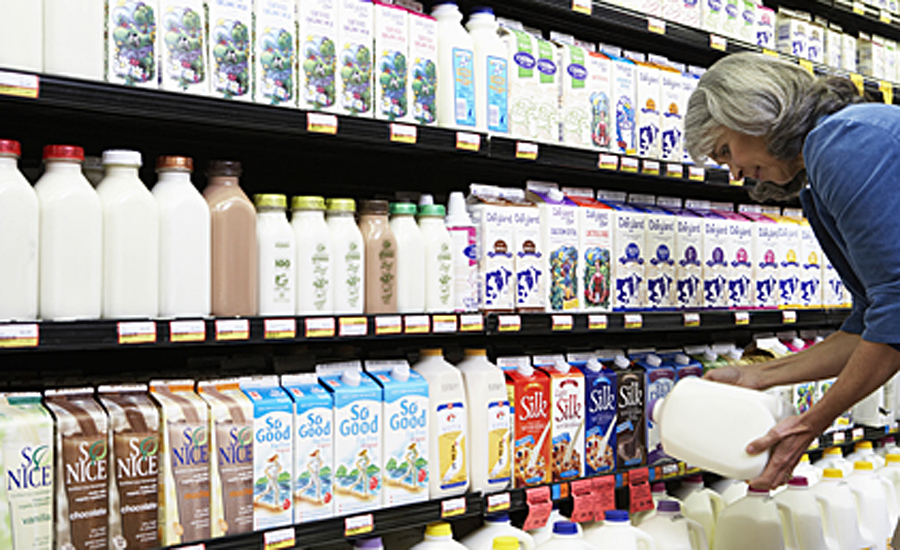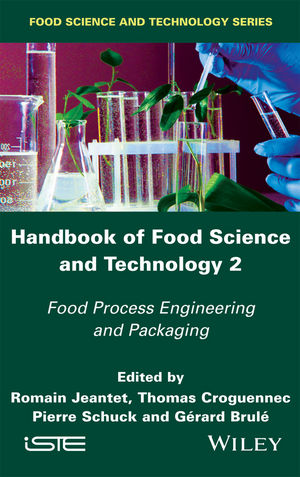MSLGROUP, Chicago, unveiled six communication drivers for winning share of mouth in the conversation age in its latest study, “The Future of Food Communications: Winning Share of Mouth in the Conversation Age.” The drivers—distilled from expert opinions of top food industry communications experts inside and outside the firm—are supported by secondary research.
“In order to succeed in the conversation age, food and beverage brands need to rely on a contemporary mix of communications techniques from powerful visual stimuli to social influence at scale, as well build an attractive brand reputation, a brand narrative that delivers modern appetite appeal, a health and wellness story and a strong connection to culture,” says Pascal Beucler, chief strategy officer.
MSLGROUP organized the six communications drivers into a new diagnostic tool that is the centerpiece of how it assesses and organizes communications activities of food and beverage companies and brands.
“These drivers can help food and beverage brands profitably balance their communications,” says Steve Bryant, managing director. “They are the beginning of an important dialogue about how the latest communications practices, platforms and channels can be strategically deployed to maximize revenue.”
Key takeaways include:
Food is about more than just food. Today’s food choices and preferences depend on a multitude of factors, including peer recommendations, personal ethical concerns, specific health needs and cultural relevance, among others. Food companies need to understand and respond with precision engagement to effectively win share of mouth.
Food companies need to ensure trust. With increasing awareness of the broad impact of today’s food choices, consumers and activists are seeking and sharing information about what goes into their food. Proactive transparency is required to ensure consumer trust and advocacy.
Food brands need to be where the consumers are – literally and figuratively. Food habits have evolved dramatically—sit-down meals are increasingly replaced by on-the-go snacking. The connected consumers of today require brands to reach them where they are – physically as well as mentally. It’s as much about accessibility as it is about strategic, timely communication.
Food companies need to carefully communicate the high-tech future of food. Technology holds great promise in food innovation, yet it is essential for the food industry to communicate the benefits, explain new technologies, cultivate trust in unseen innovations and popularize new ways of eating, especially at a time when consumers value the apparent simplicity of natural, farm fresh foods. To successfully steer this conversation, food and beverage brands can highlight themes of transparency, innovation, personalization and mobility.
″Consumers today seek a seemingly paradoxical all-natural, yet high-tech future of food,” adds Bryant. For marketers, that’s a caution to revisit their communication plans, understanding what key factors now drive consumption and revenue.″






